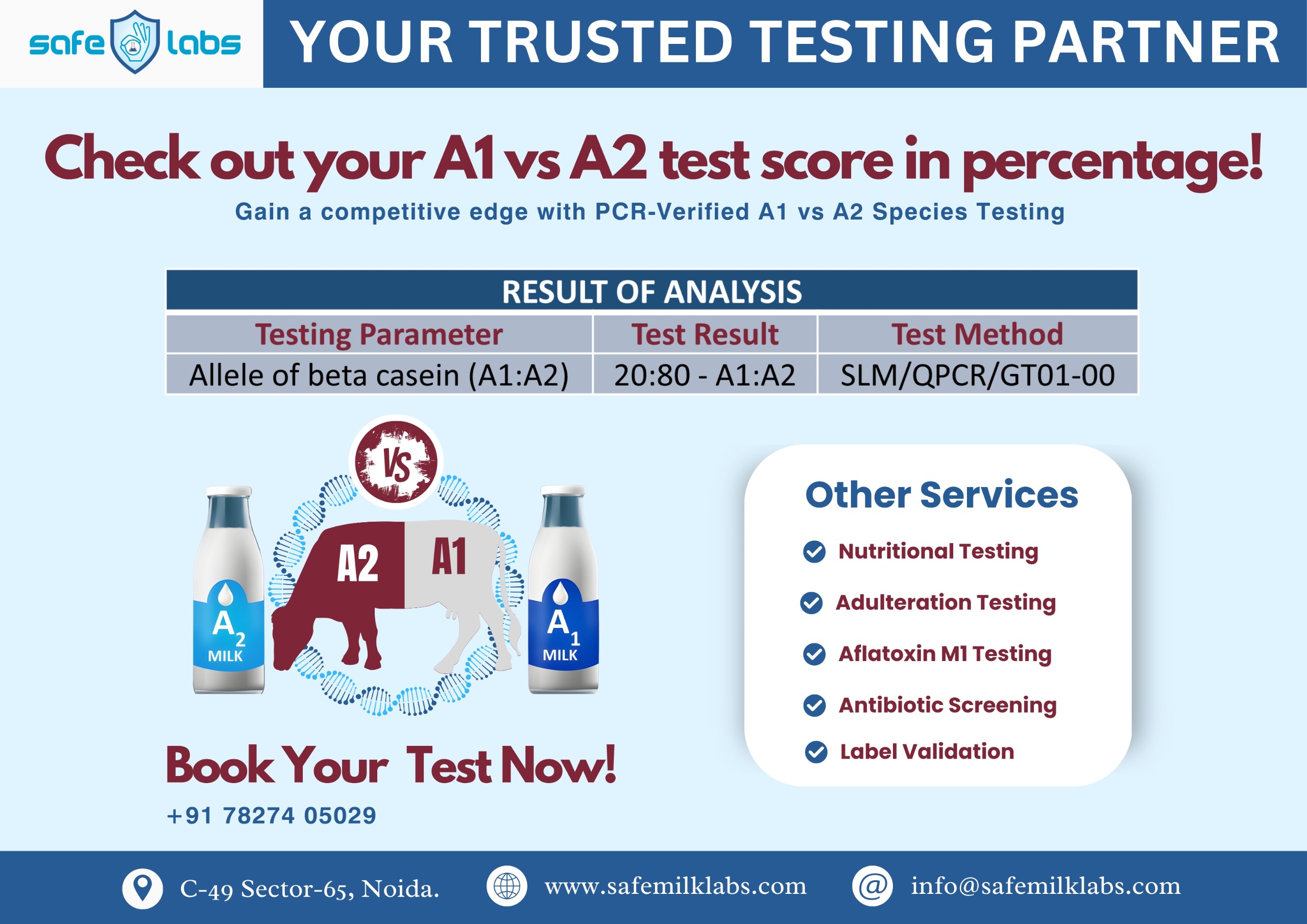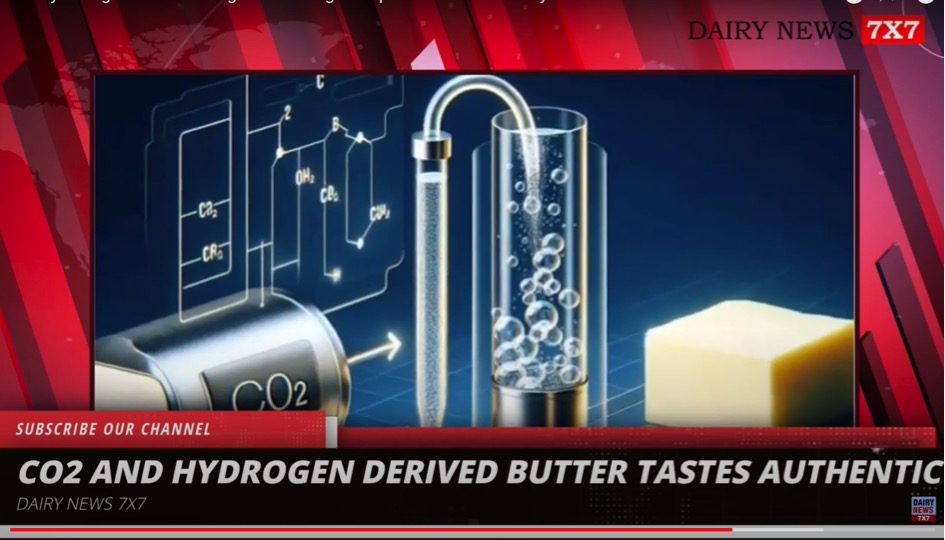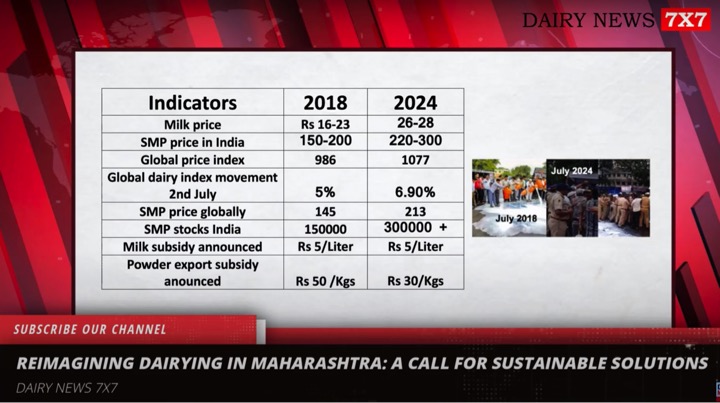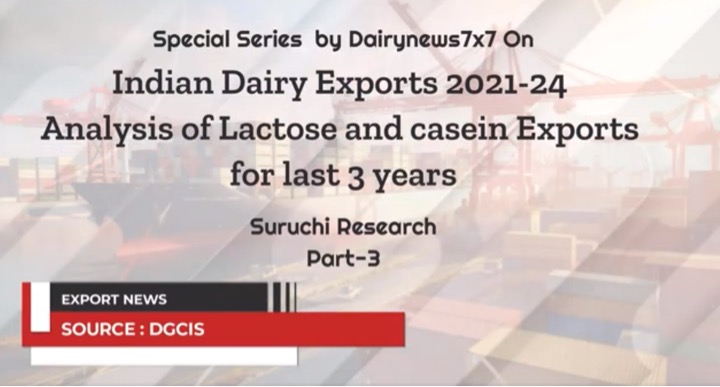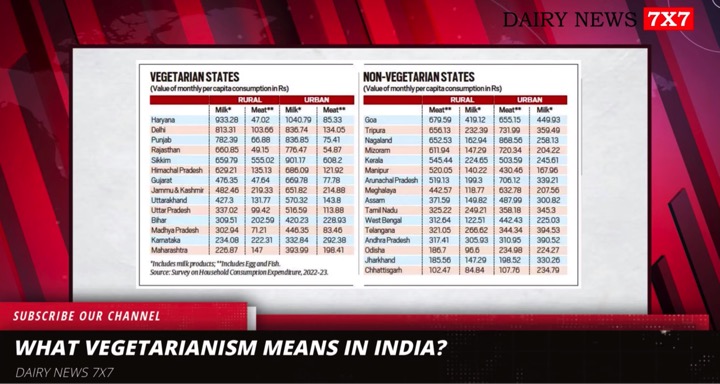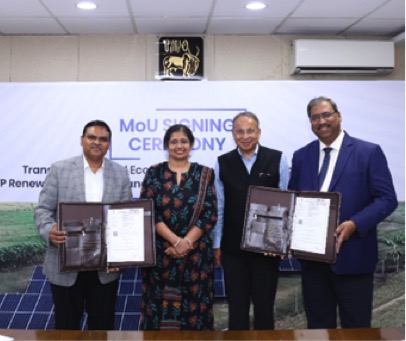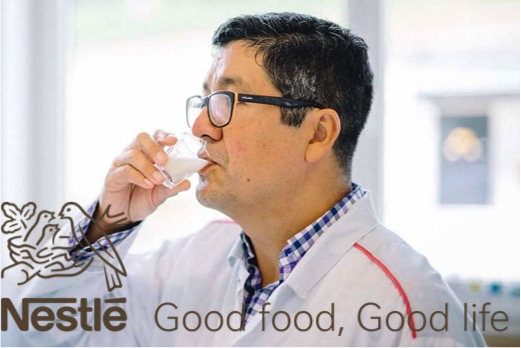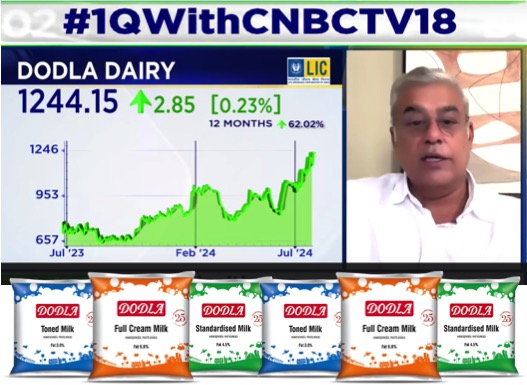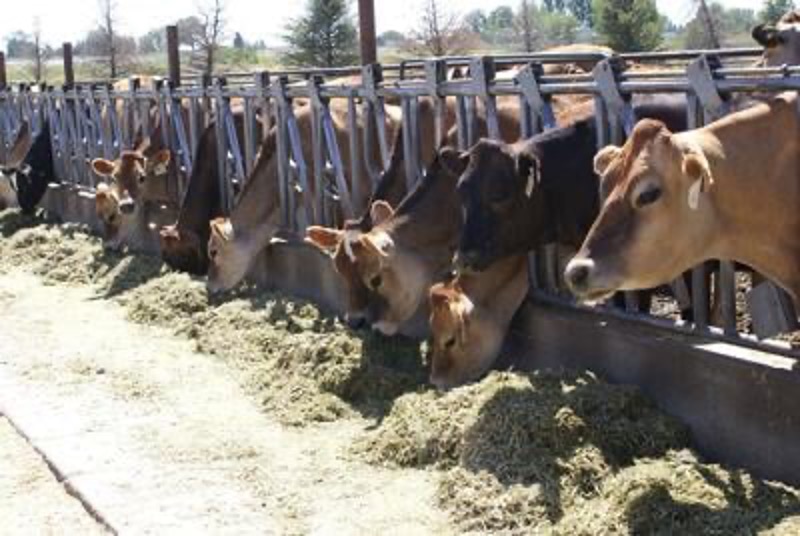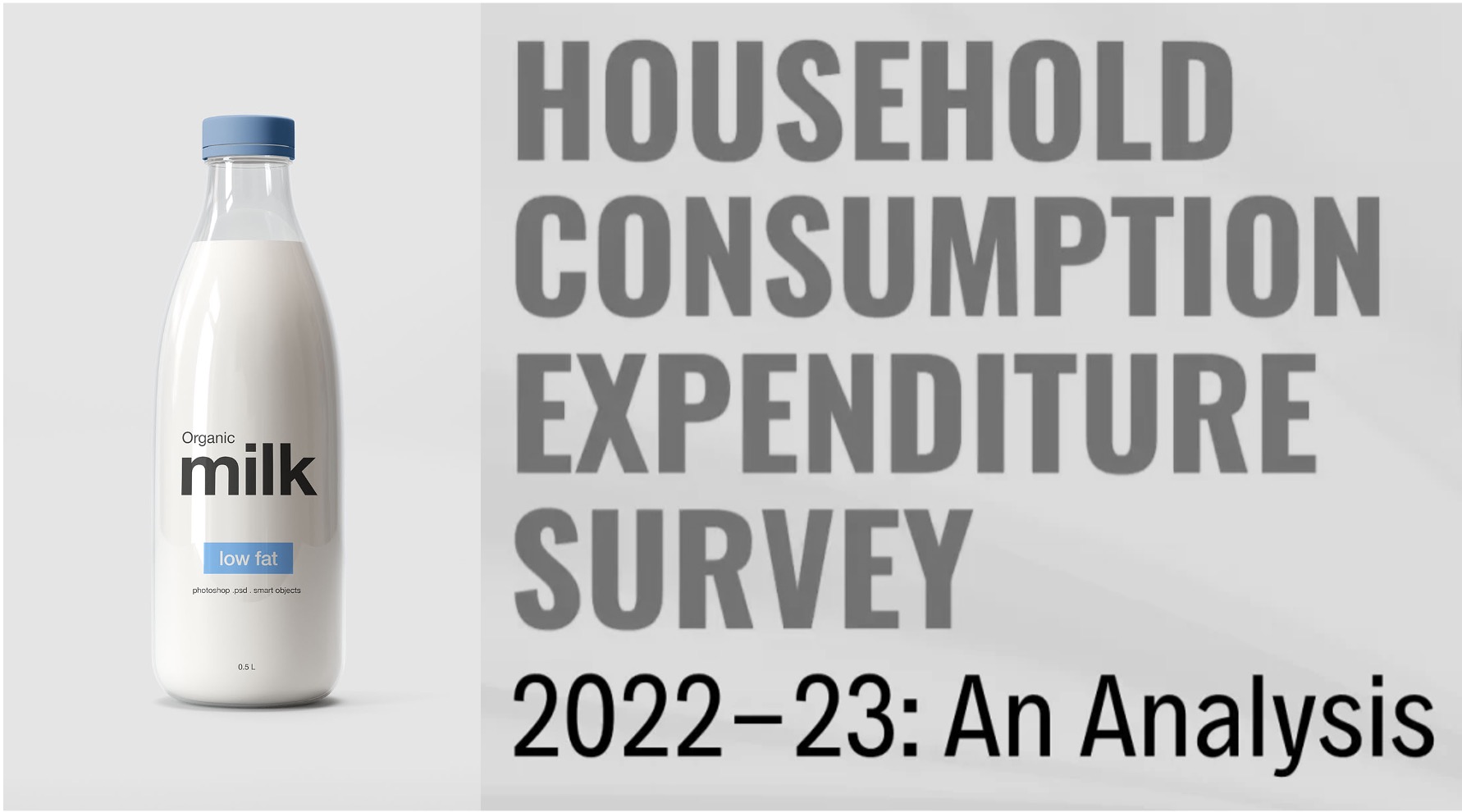How long will your plastic grocery bag take to disintegrate fully? Two hundred years? Five hundred? Try asking Polymateria CEO Niall Dunne and you’ll get his honest answer: No one knows for sure. “We know that plastics break down into micro plastic and nano plastic very quickly. Do nano plastics last in our biological cycles for 500 years… 1,000 years? We don’t have that data. We know it’s bad and that it lasts for multiple generations.”
Polymateria has created a new technology called biotransformation, which, it says, can tackle the global plastic pollution pandemic. While products that use this technology can, and should be recycled, they will fully biodegrade on land within two years, leaving no microplastics or toxins behind.
Dunne explains: “Plastics is everyone’s material and remains very affordable compared to alternatives like glass, aluminium and paper. Pure economics dictates that 3-4 billion people around the world use plastics.”
Bespoke degradation
Polymateria’s technology allows for a bespoke — or customised — approach to plastics, depending on the end use.
For example, the company’s formulation for bread packaging material can hasten the biodegradation process. For more rigid containers that are reused, the activation could start later.
The reason all plastic becomes macro plastic, and then nano plastic is because the hard crystalline region of the polymer structure is impossible to degrade. So, the Polymateria team looked at the crystallinity.
“We focused on how you ultimately need to transform the plastic into a wax-like state, regardless of the environmental conditions you’re in.”
The technology has to work irrespective of whether it is dark, cold, warm or hot outside; whether humidity is high or low. “Once the time is up, the polymer is transformed into a wax by destroying the crystallinity.”
The mechanisms that enable this process include Norrish chemistry — an intrinsic part of keto-aldehydes reactions.
Dunne explains that these are “very high-energy reactions that are essential to break apart the carbon-carbon bonds.”
The breakage of these bonds is key. “This is where a lot of other technologies failed because they ended up with just oxidative chemistry that you and I can achieve; we can just add salt to plastic to create an oxidising effect; but it leaves the crystallinity and those carbon-carbon bonds intact, which is why you’re just risking exacerbating the creation of microplastics.”
Once these bonds are broken, the reaction gives rise to a spectrum of organic compounds that bacteria, microbes and fungi can feed on.
The industry also has independent data to validate the process.
“There’s a network of ISO-accredited laboratories under the International Laboratory Accreditation Cooperation scheme. AIMPLAS in Spain is one of the most recognised, whereby the technology has been tested under mesophilic or ambient conditions, directly correlated to the real world.”
At the recent Asian Polymer Association Conference in Goa, Polymateria announced it had been able to get rigid polypropylene containers back to nature as quickly as in 230 days.
“That’s your carbon becoming greater than 90 per cent carbon dioxide, with only water or biomass left.”
For the packaging major Toppan, Polymateria was able to demonstrate biodegradation of biaxially oriented polypropylene (BOPP) film in 176 days, leaving behind no microplastics or toxic residue.
Food safety
Now, a consumer is bound to ask whether the formulation added to food packaging material may end up contaminating the food?
Says Dunne, “It is important that the plastics we treat have to return to nature without any environment issues. We have to show nil acute or chronic effects.”
He says it’s not just Polymateria’s technology, but the actual packaging that also matters.
“Product stewardship is a big part of how we work across the value chain to make sure these norms are complied with.”
From the packaging company to the brand, to make sure that all inks, all materials, all additives used in the manufacturing process are taken into account.
“We have independent data, as per OECD (Organisation for Economic Co-operation and Development) standards, comprising acute and chronic ecotoxicity tests to show no impact to nature; as well as pass the FDA test for food contact in the US, and its equivalent in Europe, to show that the materials are recognised as safe. From a formulation perspective, there’s no toxic substance, there’s nothing nasty. It’s all natural ingredients including oils and rubbers; multiple materials that we use in different permutations and combinations.”



